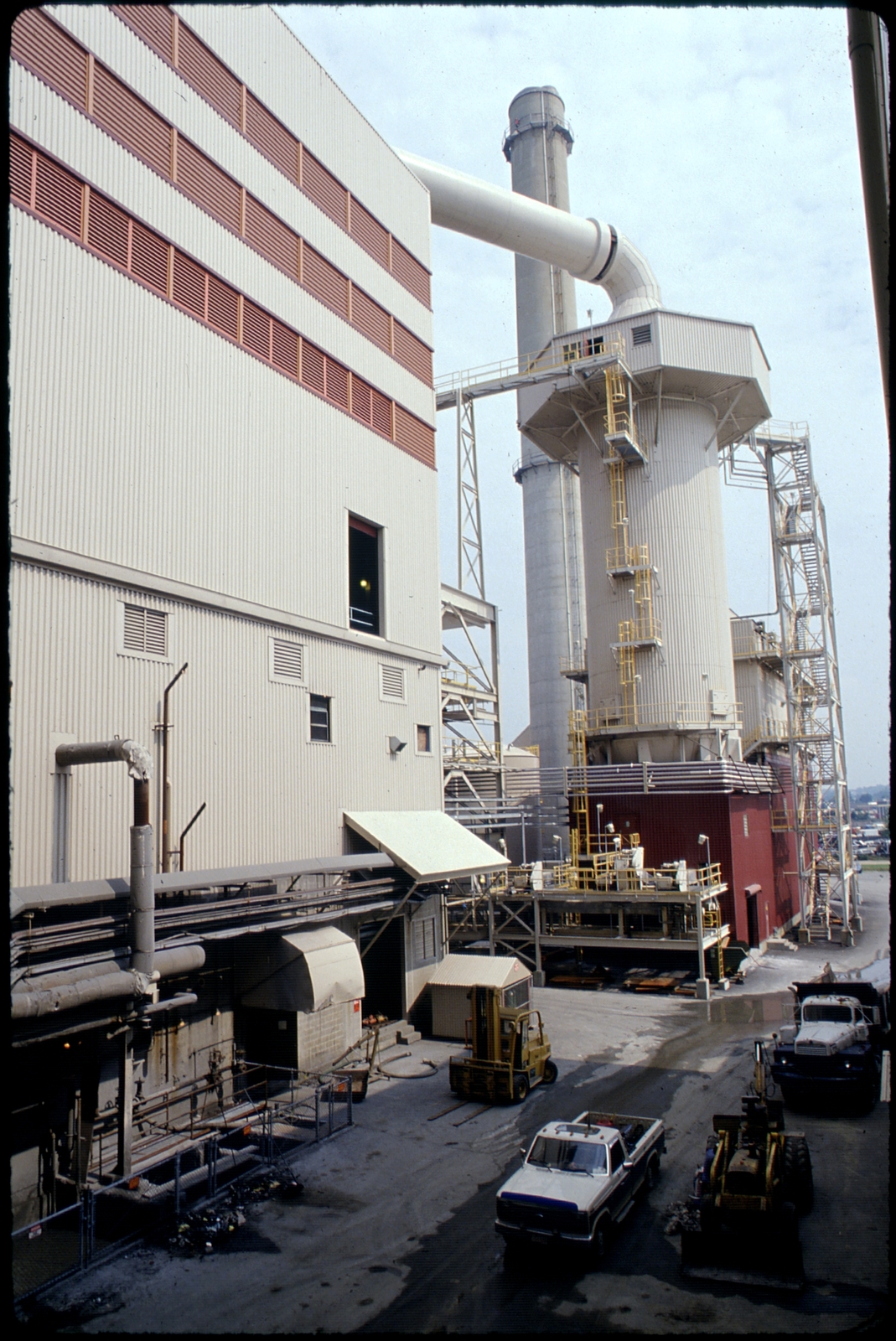Over the past decades, chemical plants have become a regular source of pollution in the United States. The pollutants not only take a toll on human health, but also endanger entire ecosystems. Now, the U.S. Environmental Protection Agency (EPA) has issued a new rule that could significantly alter the way chemical plants function.
Under the new rule, the EPA requires a “reasonably calculated” effort to reduce the amount of hazardous air pollutants that are emitted from chemical plants. This would mean plants would have to make changes to processes, equipment, and other elements to reduce their emissions. Additionally, the plants will be required to share details about their emissions with the EPA in an effort to make the process more transparent.
One of the biggest changes being made by the rule is the addition of risk-based monitoring. This process would require chemical plants to measure the amount of certain pollutants released from vents, pipes, and other parts of their operations. This data would then be reported to the EPA to provide a better understanding of air pollutants and how they disperse in an area.
In addition to the risk-based monitoring, the rule also curbs the sale of combustible fuels like diesel and gasoline. This could lead to decreased air pollution and improved safety standards in industrial areas. Further, plants will have to make changes to their emergency response plans to ensure that they can swiftly and appropriately respond to any emergency situation.
The EPA is hoping that the new rule will have a positive impact on the environment. That being said, the rule also comes with some consequences for chemical plants. They could face fines or costly upgrades to equipment and operations if they fail to comply with the new requirements. Additionally, some plants may even have to shut down completely if their emissions exceed the EPA’s standards.
Overall, the new EPA rule is likely to cause some disruption in the chemical plant industry. However, the ultimate goal is create a cleaner, healthier environment free of hazardous air pollutants. It remains to be seen how plants will adjust to the new rule, but this is certainly a step in the right direction.
Hey Subscribe to our newsletter for more articles like this directly to your email.
